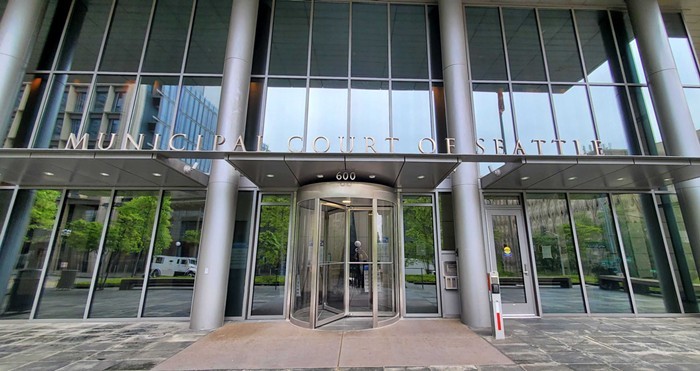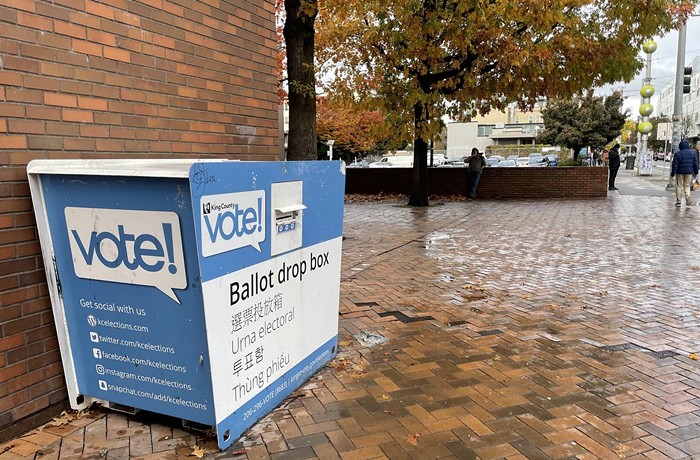Step onto a train running the new route between downtown and the University District—or any old light rail route, for that matter—and you won't pass through a gate requiring you to pay a fare. Instead, Sound Transit relies on fare enforcement officers to do random spot checks of the ridership. Seeing one of these officers in their black-and-gray jackets is supposed to deter you from skipping the fare.
Usually they give warnings to people who ride without paying, but they'll sometimes issue fines or call for backup from police. And one thing I've noticed is that many of them are young, white, and male. They sometimes look like rent-a-cops. They don't carry guns, but they do carry batons.
Statistics from Sound Transit confirmed my suspicions: Out of an active roster of 15 fare enforcement officers and supervisors, all but three are white. One is Asian, one is Hispanic, and one is Black. They are all male.
People of color make up 34 percent of Seattle's population, according to the 2010 census. But they make up only 20 percent of fare enforcers. Half of all Seattleites are women. But there aren't any female fare enforcers. (Sound Transit spokesperson Geoff Patrick said two female fare enforcement officers were recently promoted and moved to different departments.)
With a total of eight vacancies on the fare enforcement force, Sound Transit says there's an opportunity now to make the staff more diverse. (Apply by going to securitasinc.com—that's the private company Sound Transit relies on—and expressing interest in Sound Transit.)
"We are currently looking for officers, particularly female and minority officers," said Ken Cummins, Sound Transit's chief security officer. That's important because amid an ongoing crisis of trust in police officers, there have been renewed calls for police departments to look like the communities they serve—and the force policing the light rail for fare compliance should look like the community it serves, too.


















